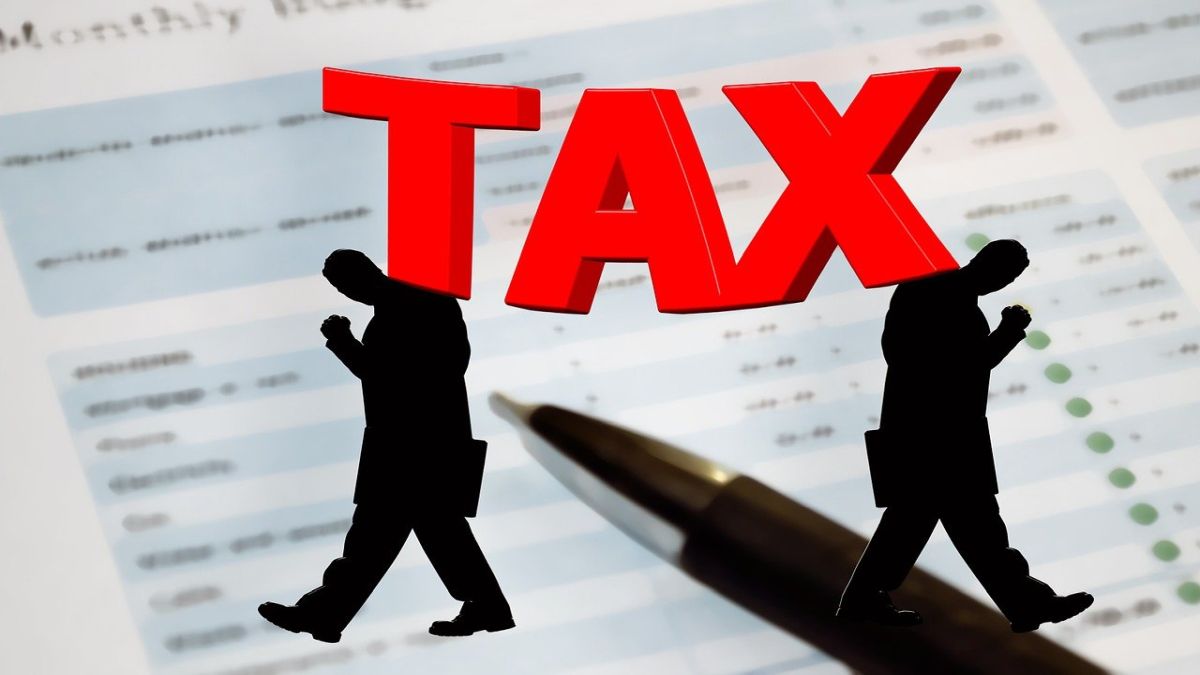In the year 2024, when an individual filed the return of income, the buzz word around was whether to opt for “new regime” or to pay tax under “old regime”. Salaried individuals always seem to be debating about which regime would be beneficial at their income level.
- Evolution of “new regime”
Until the Year 2020, the concept of “new regime” of taxation was not existing. There was only one slab rate of taxation applicable for individuals, which we now loosely term as “old regime”. Subsequently, Section 115BAC was introduced, which provided the individuals taxpayers with an option to choose between the pre-existing tax rates, and new concessional rates. However, the caveat was that taxpayers opting for the concessional rate would lose out on number of tax saving opportunities (which existed by way of exemptions/deductions). Over 70 exemptions and deductions available under the old regime, some of the prominent ones including:
House Rent Allowance under Section 10(13A)
Leave Travel Allowance under Section 10(5)
Interest of Home Loan under Section 24(b)
Investments made in Provident Funds/ELSS Schemes/Insurance Premium under Section 80C
Medical insurance under Section 80D
Investments made in pension schemes
While there were monetary limits on the total exemptions and deductions which could be claimed under the relevant provisions, with careful tax planning, individuals could optimize their taxes.
However, with the passage of time, consequent amendments made to the Income Tax Act have indicated that the Government wanted individuals to forego the old regime, and shift to the new regime. Some of these indications can be gathered from the following events:
In the Union Budget 2023, standard deduction of INR 50,000 which was hitherto available only under the old regime was extended to the new regime as well.
In the Union Budget 2024, standard deduction under the new regime was increased to INR 75,000. However, the standard deduction for the old regime remained INR 50,000.
With effect from Assessment Year 2024-2025, the new regime was made the default regime for all individual taxpayers, which means to opt for old regime.
The new regime is substantially simpler, as it takes away the need to engage in tax planning, providing of proof and filing the relevant forms. Therefore, the intention of the Government to promote the new regime is amply clear. While it initially appealed to individuals who did not benefit from tax-saving instruments, and preferred a hassle-free, simplified filing process, it has slowly become the preferred route for vast majority of tax-payers. The shift from the old system encouraging long-term savings and investments, to the new system aiming for simplicity and ease of compliance is evidently visible.
- Changes proposed in Budget 2025
With respect to the changes announced by the Finance Minister in the Budget Speech on February 1, 2025, multiple positive revisions have been made to the slab rates. However, perusal of the fine print would show that such changes are limited to “new regime” only and thus, the “old regime” remains the same with no changes whatsoever. The new slab rates are as under:
This budget has thus increased the basic exemption limit to INR 4 lacs and have further enhanced the rebate admissible under Section 87A to make income upto INR 12 lacs tax free. Over and above, the admissible standard deduction for salaried individuals of INR 75,000 makes this tax-free income threshold at INR 12.75 lacs.
- Conclusion
A comparison of the two regimes would clearly indicate that the intention of the Government is to streamline the process and ensuring a simpler tax environment to ensure compliance. While evidently there are certain individuals for whom, the old regime would continue to be favourable, however, doing so would require arduous tax planning, making use of a multitude of exemptions and deductions and filing of the relevant forms leading to additional compliance cost. The new regime, undoubtedly, aims to improve tax compliance. It simplifies the process of filing returns, and the chances of errors and misreporting are minimised. It aims to create a streamlined approach for the taxpayers, leading to long term tax compliance and certainty. With the new direct tax code being slated to be announced in the coming week with 50 per cent less provisions, it is likely that old regime would soon become a chapter in tax history.
The author is Partner, Shardul Amarchand Mangaldas & Co. Views expressed in the above piece are personal and solely those of the author. They do not necessarily reflect Firstpost’s views.


)

)
)
)
)
)
)
)
)



